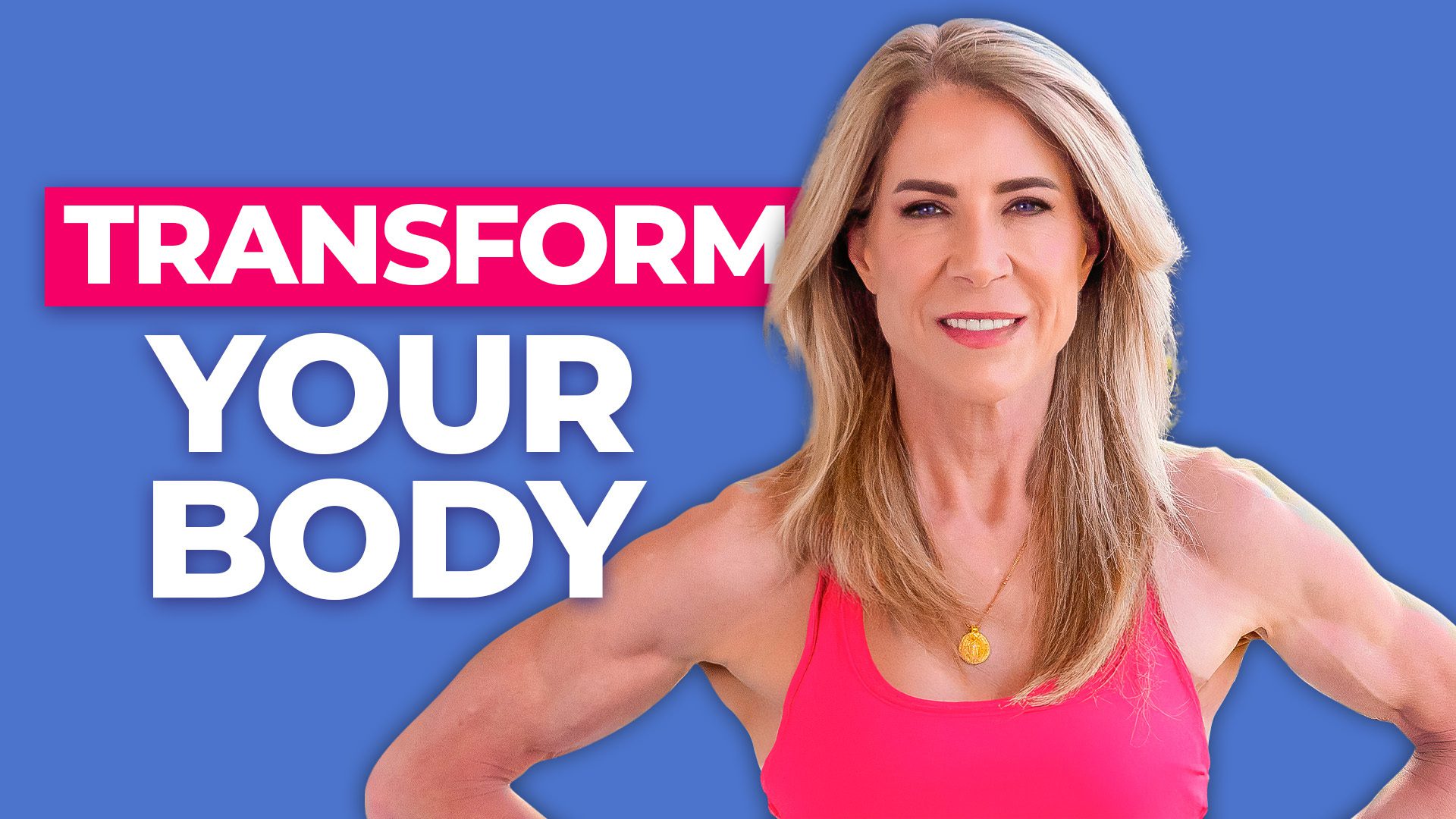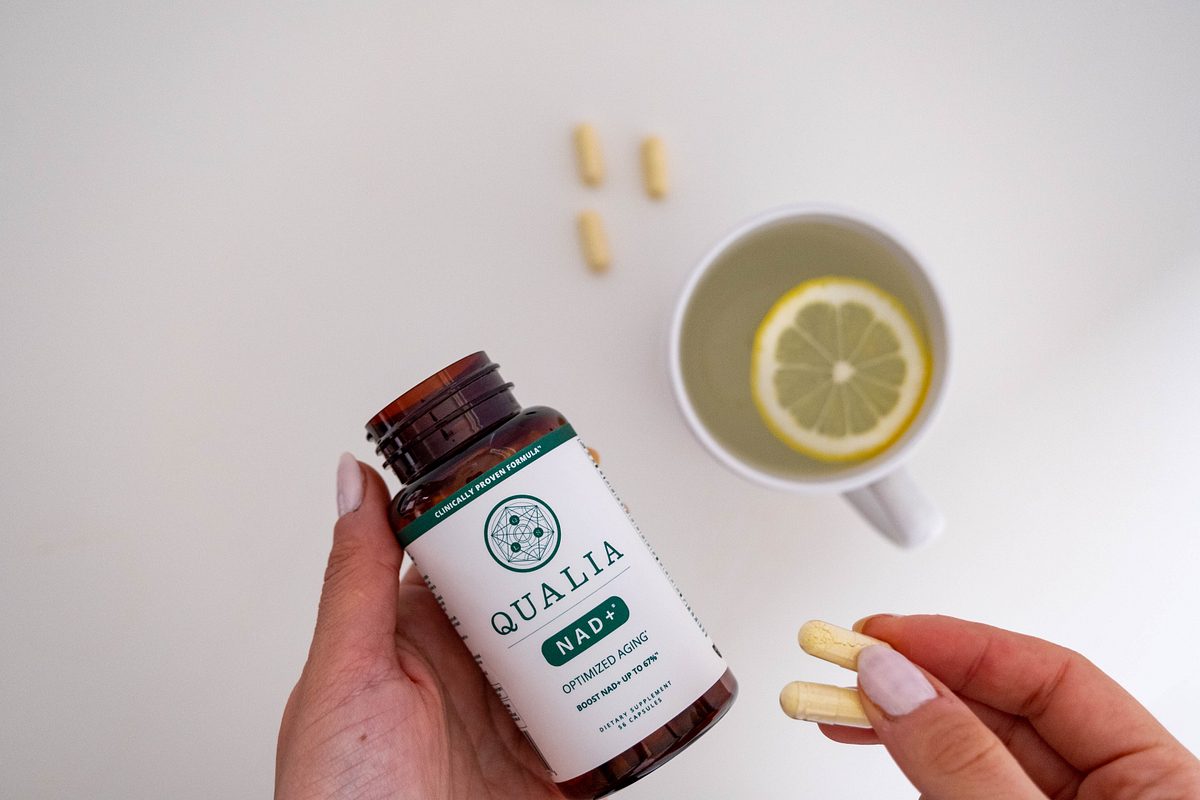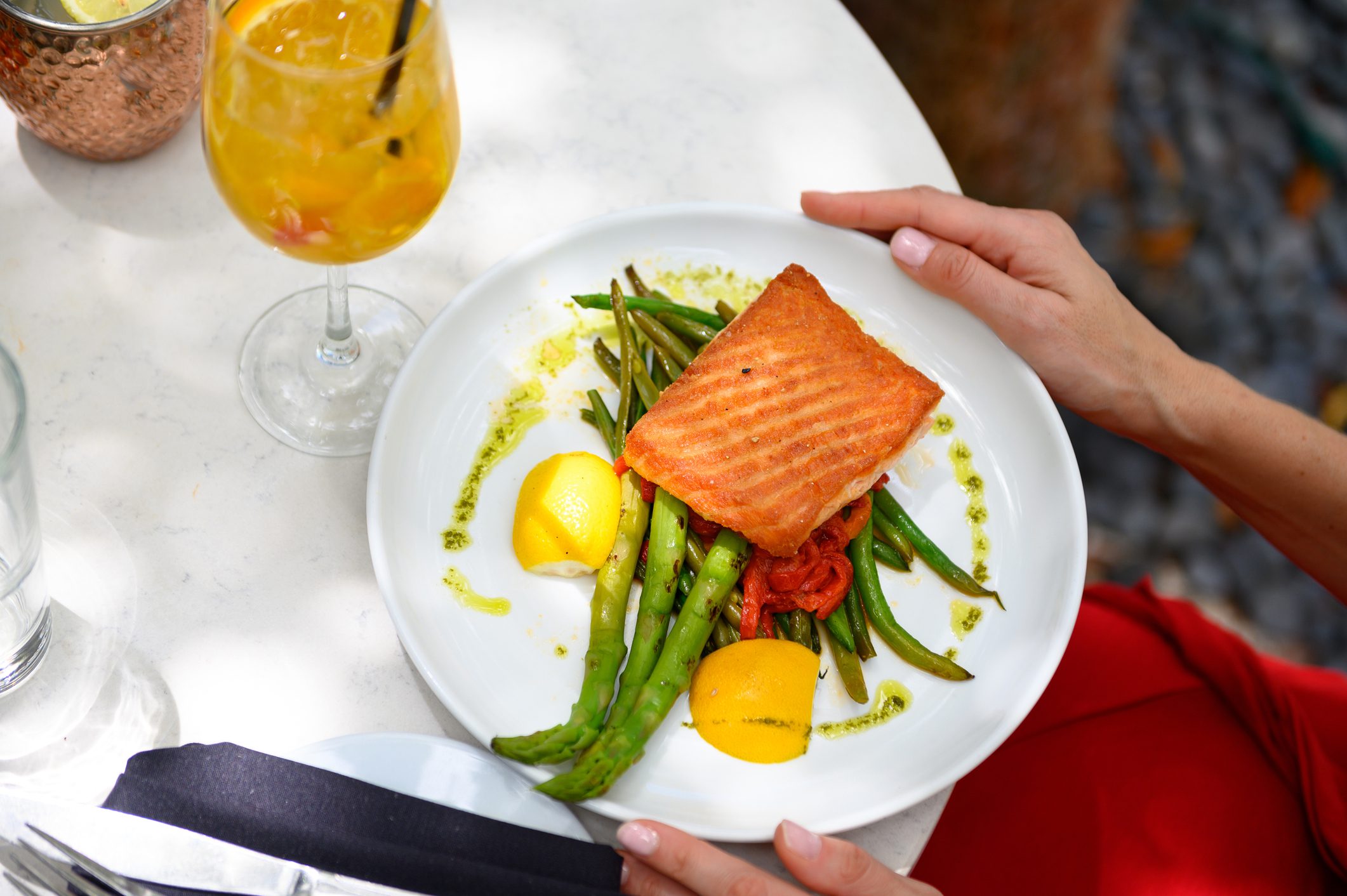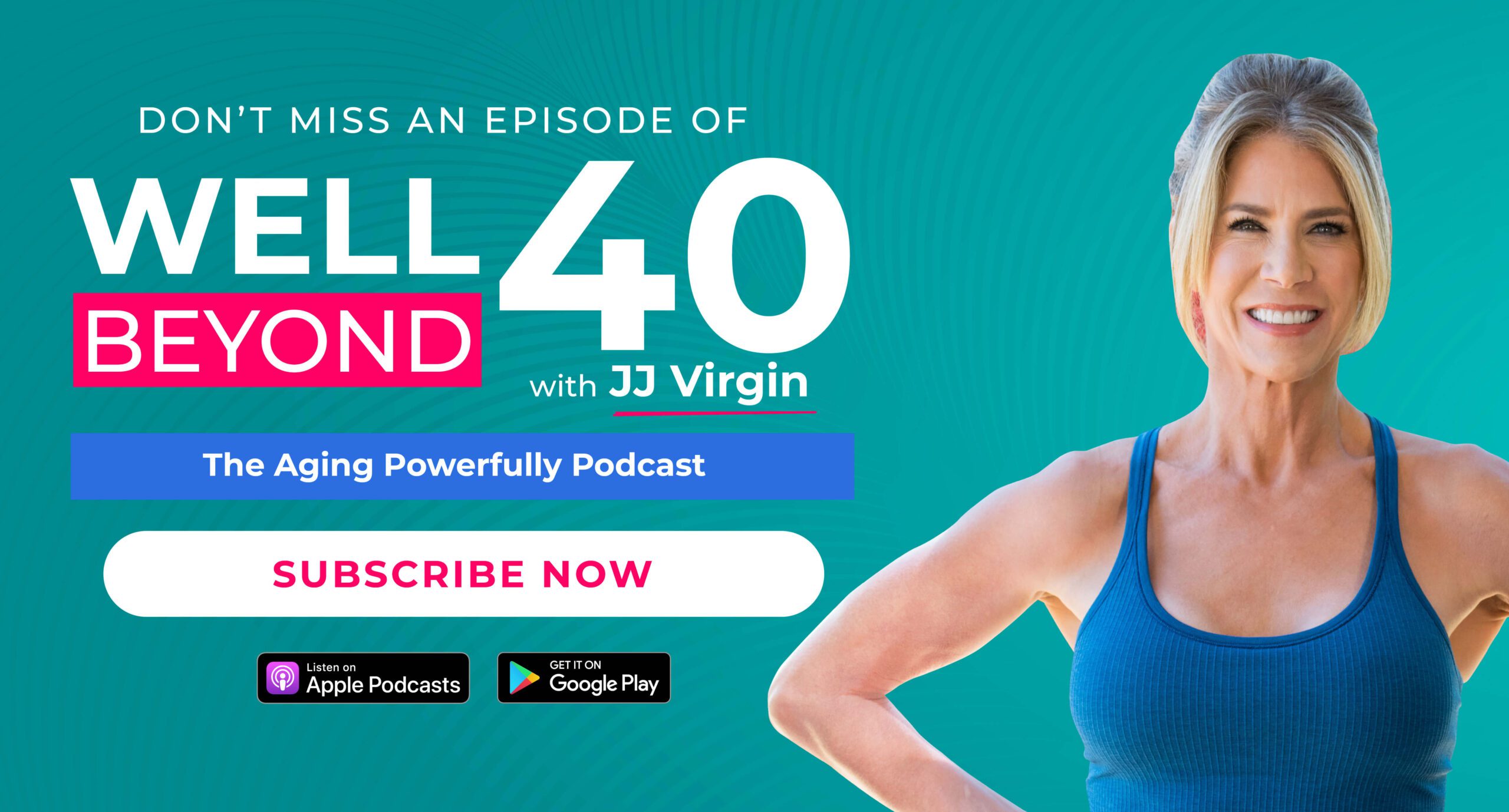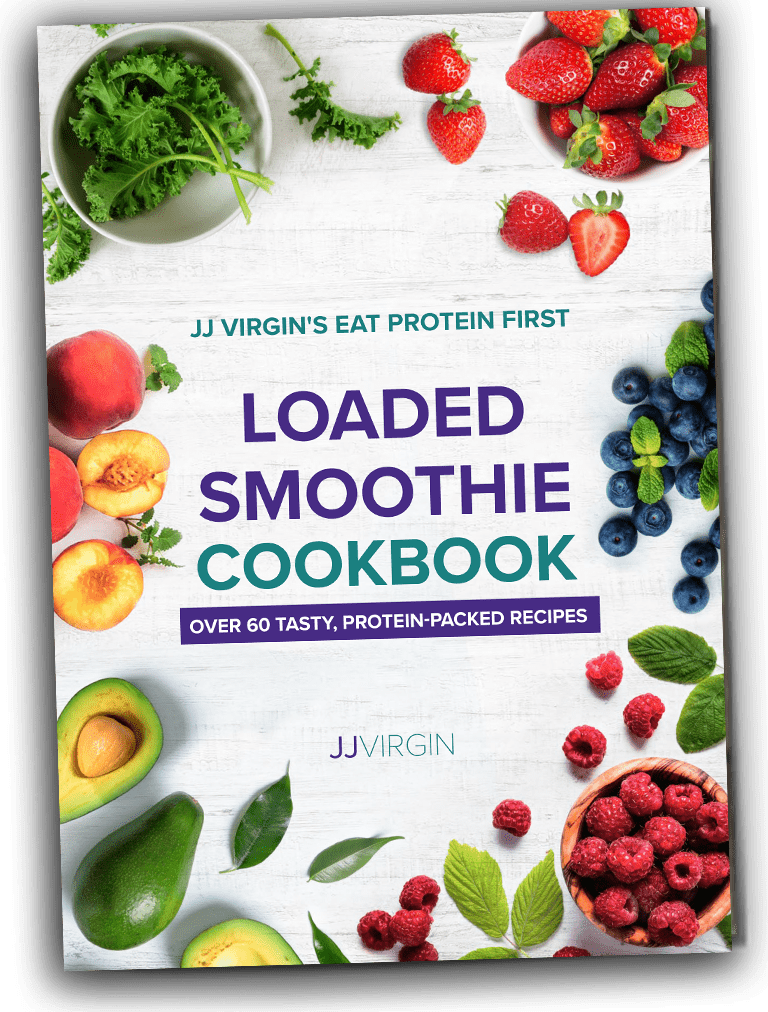If staying healthy as you grow older is among your goals, you’ll want to pay attention to the Blue Zones.
These are the five places – Okinawa, Japan; Sardinia, Italy; Nicoya, Costa Rica; Ikaria, Greece, and Loma Linda, California – where people are healthier and live longer (sometimes even to 100 or older).
In 2004, National Geographic Fellow Dan Buettner discovered the Blue Zones. Buettner discovered these five areas throughout the globe with a high concentration of folks living to 100.
Not only do these folks live longer, but they’re also more likely to reach old age without obesity, cancer, diabetes, and other diseases.
Simply put, the Blue Zones are the closest anyone has come to discover the fountain of youth.
The day-to-day lives of these folks are rich in physical activity, healthy eating, and positive engagement with their families and communities. (1)
One thing really caught my attention with the Blue Zones: These folks aren’t spending hours at the gym.
Instead, they move throughout the day. They do smaller things that constantly keep them moving, like taking the stairs and walking up hills.
And that may be a critical key to burning more fat and staying healthy as you get older.
Exercise isn’t the Best Way to Burn Calories
Nobody is more pro-exercise than me.
But people tend to underestimate the benefits of intense exercise… particularly when it comes to weight loss.
When it comes to burning calories, exercise only accounts for about five percent of the calories you burn.
Yup, you read that right.
So if exercise isn’t the biggest calorie burner, what is?
Well, highest is resting metabolic rate or RMR. Your RMR is the number of calories your metabolism burns at rest.
Put another way, RMR is the metabolic rate you need to maintain vital functions like breathing and keeping your heart beating when you’re just resting or hanging out.
RMR encompasses about 70 percent of the calories you burn.
The thermic effect is another way that you burn calories. By thermic effect, I mean the energy it takes for you to digest your food and absorb nutrients.
Protein has a high thermic effect because it takes more energy to digest than carbs. That’s why eating more protein and fewer carbs can help with weight loss.
The thermic effect of food represents about 10 percent of the calories you burn.
And that leads me to the fourth way to burn calories.
A NEAT Way to Burn Calories
NEAT stands for non-exercise activity thermogenesis. This is the energy you burn doing everything except exercise or sports.
“When you go get the mail, walk up steps, brush your teeth, walk from your car to the store, have sex, do the laundry, walk the dog, fidget, or toss and turn in your sleep, NEAT is happening,” says Jade Teta, ND, in Next-Level Metabolism. “The amount of energy burn accumulated through NEAT is one of the elements most underappreciated by dieters.”
NEAT represents about 15 percent of the calories you burn. And that brings me back to what’s going on in the Blue Zones.
These centenarians are moving a lot throughout the day.
And all those calories they burn with basic activities may be one reason they stay lean, active, and healthy into their 90s and even 100s.
Bring More NEAT into Your Day
One thing to remember is that NEAT can vary… a lot. Up to 2,000 calories a day, in fact, between people of similar size.
Why? Because of how much activity that they perform.
Obesity is associated with low NEAT. One reason: Obese people stand and move about 2.5 hours every day less than lean, sedentary folks. (2)
The good news is that NEAT increases the more you move. That’s why I emphasize that any kind of movement counts.
And now that you know that movement accounts for about 15 percent of the calories you burn, I hope you’ll make more effort to move more throughout the day.
NEAT helps you add years and drop pounds. Ask yourself: How can I incorporate more movement into my life? Here are some things to consider:
Can I do my conference calls standing up instead of sitting down?
Can I work from a stand-up desk?
Can I read that article while I’m walking on a treadmill?
Can I do my meetings and conference calls while I’m out and about?
Can I listen to that podcast or seminar while I’m moving?
Or doing some gardening?
Can I use a regular old push vacuum cleaner (remember those)?
Obviously, activating NEAT will be unique to you. It will depend on what your day is like and where you live.
But regardless of your circumstances, incorporating more movement – even fidgeting counts! – can make a huge difference in your health, your weight, how you feel, and how you age.
No matter what your personal goals are, the end destination is always the same: To feel better than you ever have. My Ultimate Health Roadmap provides short, actionable steps you can take RIGHT NOW to be the best version of you. The guide is FREE, and you can only get it here.
References
- Marston HR, Niles-Yokum K, Silva PA. A Commentary on Blue Zones®: A Critical Review of Age-Friendly Environments in the 21st Century and Beyond. Int J Environ Res Public Health. 2021 Jan 19;18(2):837. doi: 10.3390/ijerph18020837. PMID: 33478140; PMCID: PMC7844621.
- Levine JA, Vander Weg MW, Hill JO, Klesges RC. Non-exercise activity thermogenesis: the crouching tiger hidden dragon of societal weight gain. Arterioscler Thromb Vasc Biol. 2006 Apr;26(4):729-36. doi: 10.1161/01.ATV.0000205848.83210.73. Epub 2006 Jan 26. PMID: 16439708.
The views in this blog by JJ Virgin should never be used as a substitute for professional medical advice. Please work with a healthcare practitioner concerning any medical problem or concern. The information here is not intended to diagnose, treat, or prevent any disease or condition. Statements contained here have not been evaluated by the Food and Drug Administration.
*These statements have not been evaluated by the Food and Drug Administration. This product is not intended to diagnose, treat, cure, or prevent any disease.

